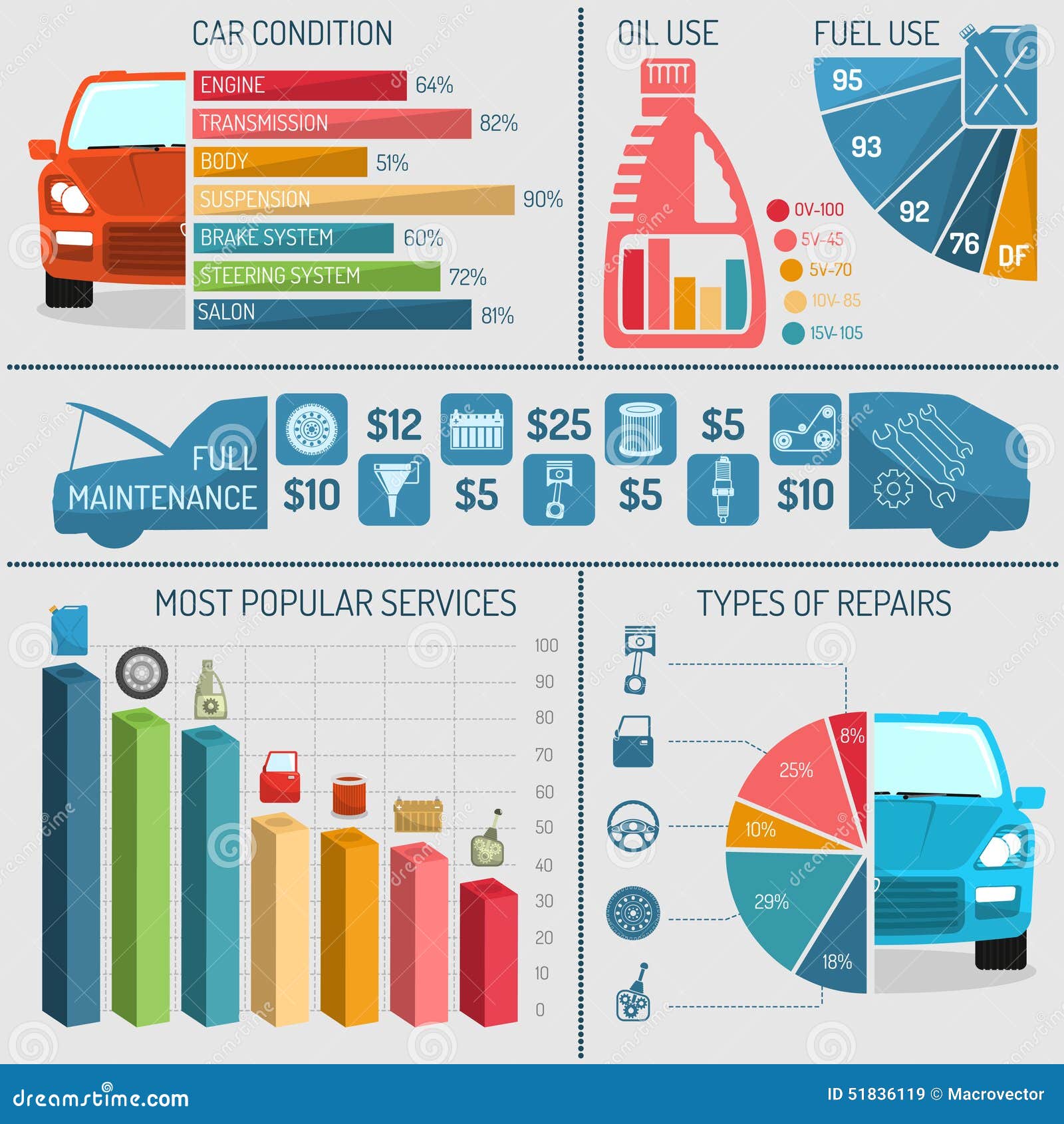Analyzing Your Automobile'S Alert Lighting: Their Real Effects
Analyzing Your Automobile'S Alert Lighting: Their Real Effects
Blog Article
Developed By-Higgins Corbett
When you lag the wheel, those glowing warning lights on your dashboard can be a little bit perplexing. Do you know what they're trying to inform you regarding your auto's health and wellness? Understanding the significance of these lights is essential for your safety and the long life of your car. So, the following time one of those lights pops up, would not you want to understand its message precisely and take the needed actions to address it?
Common Warning Lighting and Interpretations
Determine typical warning lights in your auto and understand their definitions to make sure safe driving.
One of the most regular caution lights include the check engine light, which signals problems with the engine or exhausts system. If this light begins, it's crucial to have your lorry checked without delay.
The oil stress warning light indicates low oil pressure, needing instant focus to stop engine damages.
A blinking battery light could recommend a damaged billing system, potentially leaving you stranded if not dealt with.
The tire pressure tracking system (TPMS) light informs you to low tire stress, influencing car security and fuel effectiveness. Ignoring this could bring about harmful driving problems.
The abdominal muscle light suggests an issue with the anti-lock braking system, compromising your capability to stop swiftly in emergency situations.
Finally, the coolant temperature warning light warns of engine overheating, which can cause serious damages if not fixed quickly.
Recognizing these usual warning lights will certainly assist you attend to issues without delay and maintain safe driving conditions.
Value of Prompt Interest
Recognizing the typical warning lights in your vehicle is only the first step; the significance of immediately dealing with these cautions can not be highlighted enough to guarantee your security on the road.
When a warning light illuminates on your control panel, it's your car's means of interacting a prospective concern that requires interest. Ignoring these cautions can result in much more severe issues in the future, jeopardizing your safety and potentially costing you more out of commission.
cargroomingproductsnz to cautioning lights can stop breakdowns and mishaps. For instance, a blinking check engine light could suggest a misfire that, if left neglected, could trigger damage to the catalytic converter. Addressing this quickly can conserve you from an expensive repair.
Likewise, a brake system alerting light could indicate reduced brake fluid or worn brake pads, essential elements for your safety when driving.
DIY Troubleshooting Tips
If you notice a caution light on your control panel, there are a couple of do it yourself repairing pointers you can try prior to seeking professional assistance.
The first step is to consult your vehicle's handbook to comprehend what the specific warning light shows. Occasionally the concern can be as basic as a loose gas cap causing the check engine light. Tightening the gas cap might fix the issue.
An additional usual concern is a reduced battery, which can activate various cautioning lights. Inspecting car hand wash for corrosion and guaranteeing they're safe may fix the problem.
If a warning light continues, you can try resetting it by separating the car's battery for a few minutes and after that reconnecting it. Additionally, checking your car's fluid levels, such as oil, coolant, and brake liquid, can aid repair warning lights related to these systems.
Conclusion
Finally, comprehending your car's caution lights is important for keeping your vehicle running smoothly and safely. By promptly attending to these informs and recognizing what they imply, you can avoid pricey repairs and potential break downs.
Remember to consult your cars and truck's guidebook for certain details on each cautioning light and take action appropriately to make sure a trouble-free driving experience.
Remain educated, remain safe when driving!
